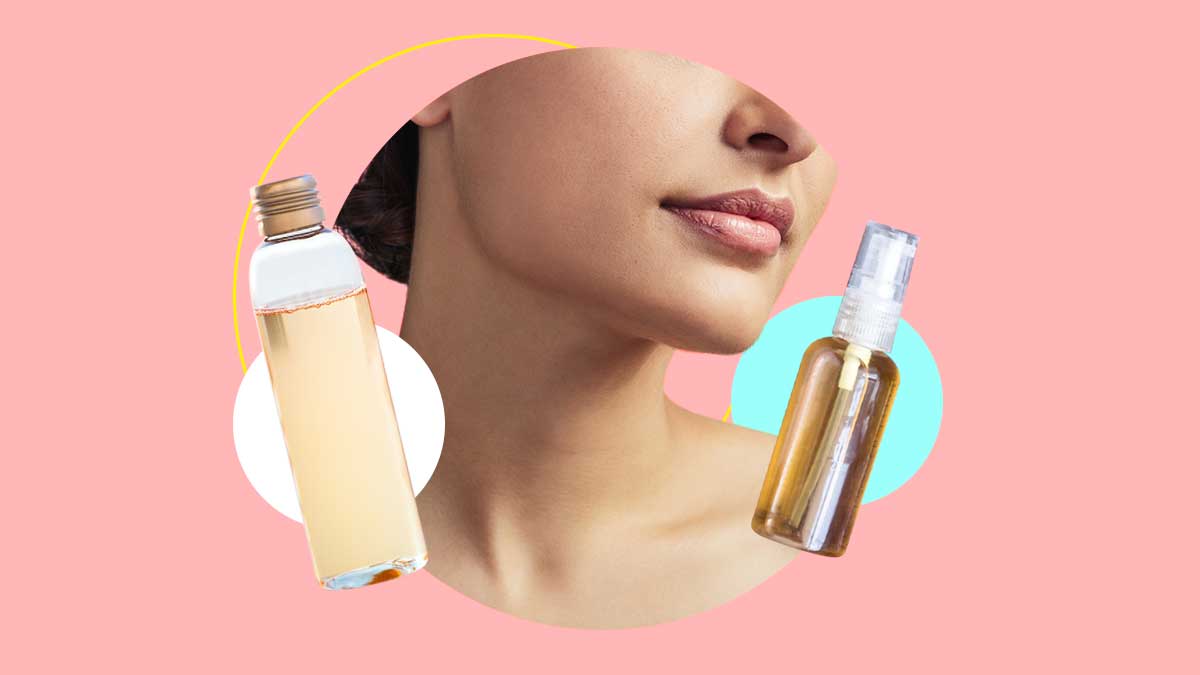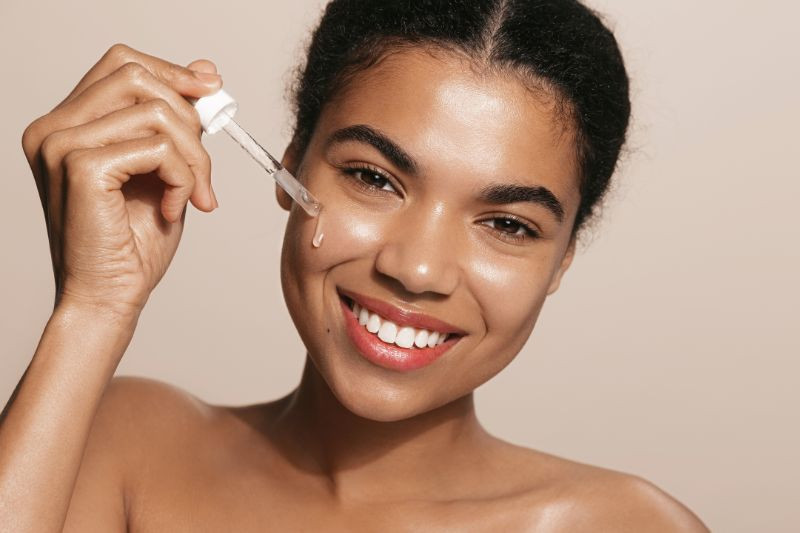Table of Contents
Skincare has become an essential part of our daily routine. Many individuals invest in various products to achieve a healthy skin complexion. Among these products, toners and astringents are often confused due to their similar appearances and purposes. However, these two skincare items serve different functions to serve varied results. And have distinct benefits that depend on the skin. Here we will explore the differences between Toner vs Astringent, how to use them effectively, and the benefits they can give to get a better effect.

Difference between Toner and Astringent
Toners are typically formulated to help get good skin after cleansing. It helps to balance the skin’s pH level and tighten pores. It makes your skin smoother and glowing.
Astringents are stronger solutions that primarily focus on removing excess oil and making the skin oil-free. If You have a blemish or dark spot on your skin, then you should choose astringents over toner.
Toners are generally very gentle and you can use it with various skin types, including dry, sensitive, and combination skin. In contrast, astringents are usually recommended for oily or acne-prone skin, as their higher alcohol component is a little too harsh for individuals with more delicate skin complextion.

When it comes to usage, the application of toners and astringents is quite straightforward, yet specific techniques can optimize their effectiveness.
How to Use Toners:
- You need to cleanse your face and pour a small amount of toner onto a cotton pad.
- Gently swipe the cotton pad over your face and neck to ensure that you avoid the eye area.
- Allow the toner to absorb into your skin before proceeding with the next steps in your skincare routine, such as serums and moisturizers.
How to Use Astringents:
- Similar to toners, apply a small amount of astringent to a cotton pad after cleansing your face.
- Focus on areas that tend to be oilier or are prone to breakouts, such as the T-zone.
- Again, avoid the eye area and ensure the astringent dries completely before applying any additional products.
In terms of tips, using a toner or astringent successfully requires a bit of mindfulness.
- Always conduct a patch test with a new product to ensure it doesn’t irritate your skin.
- Limit the use of astringents to once or twice a day, as excessive usage can lead to overly dry skin.
- Choose alcohol-free products when selecting a toner to avoid unnecessary irritation and dryness.

Both toners and astringents come with numerous benefits that can contribute to an enhanced skincare routine.
Benefits of Toners:
- They help to remove any residual makeup, dirt, or impurities left over from cleansing.
- Toners can nourish the skin and enhance hydration levels through their hydrating ingredients.
- They prepare the skin for better absorption of subsequent products, like serums and moisturizers.
Benefits of Astringents:
- They help reduce excess oil production, making them ideal for oily and acne-prone skin types.
- Astringents can minimize the appearance of pores and improve skin texture.
- They act as a preventative measure against breakouts by keeping the skin free from excess oil and dirt.
Can I Use Both Astringents and Toners?
In the world of skincare, astringents and toners play important roles to maintain a healthy skin routine. These products are equally able to cleanse and prep the skin for better treatment, but they have distinct formulations and effects. Here, we aims to explore the question, “Can I use both astringents and toners?” by examining their definitions, differences, benefits, and potential drawbacks of combining them in a skincare routine.
Astringents use for their ability to tighten the skin and reduce oiliness. And it contains alcohol or other drying agents, astringents are ideal for individuals with oily or acne-prone skin. They work very gently to remove excess oil and impurities, which can help minimize the appearance of pores and reduce the likelihood of breakouts. On the other hand, toners are more versatile and can come in various formulations, including hydrating and soothing complexion. Toners often contain gentle ingredients that balance the skin’s pH after cleansing and add an extra layer of hydration. Their primary function is to refresh and prep the skin for subsequent products, making them suitable for various skin types.

While both astringents and toners can be beneficial, it’s important to consider their unique characteristics. Using both in a skincare routine can be effective, but it requires understanding when and how to apply each product. Here are a few important points to consider:
- Skin Type: People with oily or acne-prone skin may benefit from using astringents to control excess oil while incorporating a hydrating toner to balance moisture levels. Conversely, those with dry or sensitive skin should prioritize toners that provide hydration and avoid astringents that may exacerbate dryness.
- Order of Application: If using both products, it is essential to apply astringents first, followed by toners. This ensures that the astringent can effectively cleanse the skin before the toner provides hydration and balance.
- Frequency of Use: Astringents can be used a few times a week, depending on skin tolerance, while toners can be applied daily. Overusing astringents can lead to dryness and irritation, so moderation is key.
- Ingredients Matter: When using both products, choosing astringents and toners with complementary ingredients can enhance overall skin health. Look for soothing ingredients like chamomile or aloe vera in toners, especially if paired with a stronger astringent.
It is possible to use both astringents and toners in a skincare routine, but cautious consideration is required. Understanding individual skin type, the order of application, frequency of use, and ingredient compatibility can contribute to healthier, clearer skin. It is crucial to listen to your skin’s needs and adjust your regimen accordingly, ensuring a balanced approach that promotes overall skin health.

In conclusion, while toners and astringents may share some similarities, they cater to different skin needs and serve unique purposes within a skincare regimen. Toners are gentle enhancers that promote hydration and balance, whereas astringents are more potent solutions targeting excess oil and enlarged pores. By understanding how to use these products effectively and their respective benefits, individuals can create a personalized skincare routine that contributes to healthy, radiant skin.
FAQ
1. Should I use astringent or toner?
Ans- You can use it according to your skin type.
2. Is it good to use an astringent every day?
Ans- Yes. Choose morning and evening daily twice to maintain a routine.
3. Do toners lighten skin?
Ans- Yes, It helps to lighten the even skin tone.
4. Can astringent remove dark spots?
Ans- Yes. You need to choose a perfect astringent for your skin.
5. Is rosewater a toner?
Ans- Yes. It is considered an excellent facial toner.


